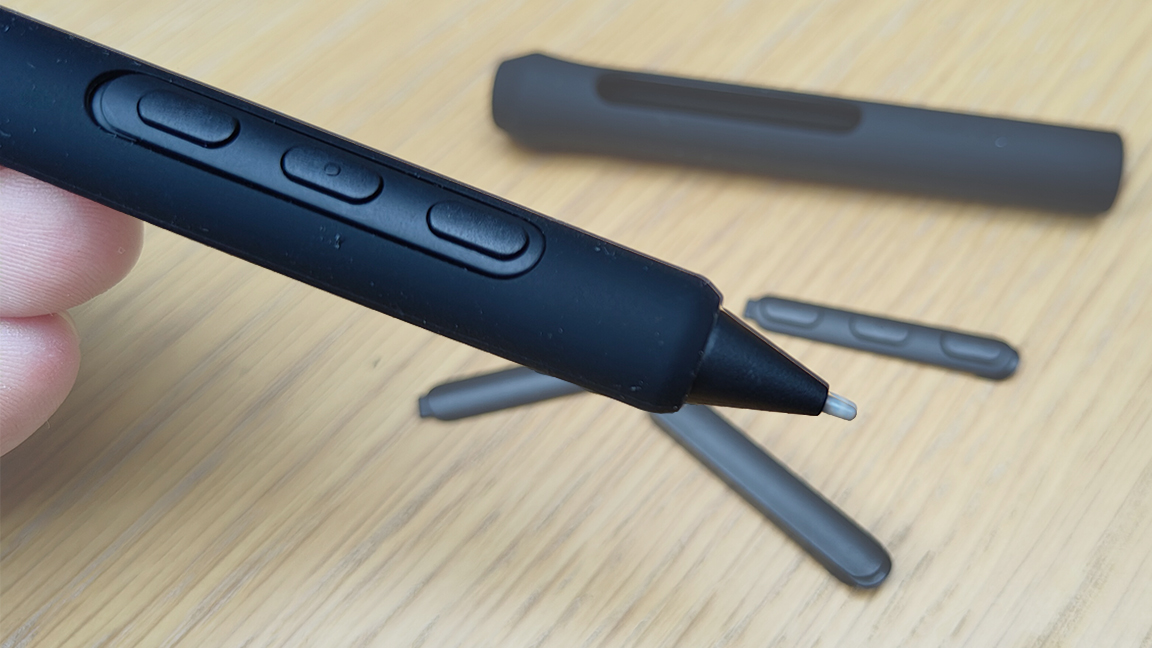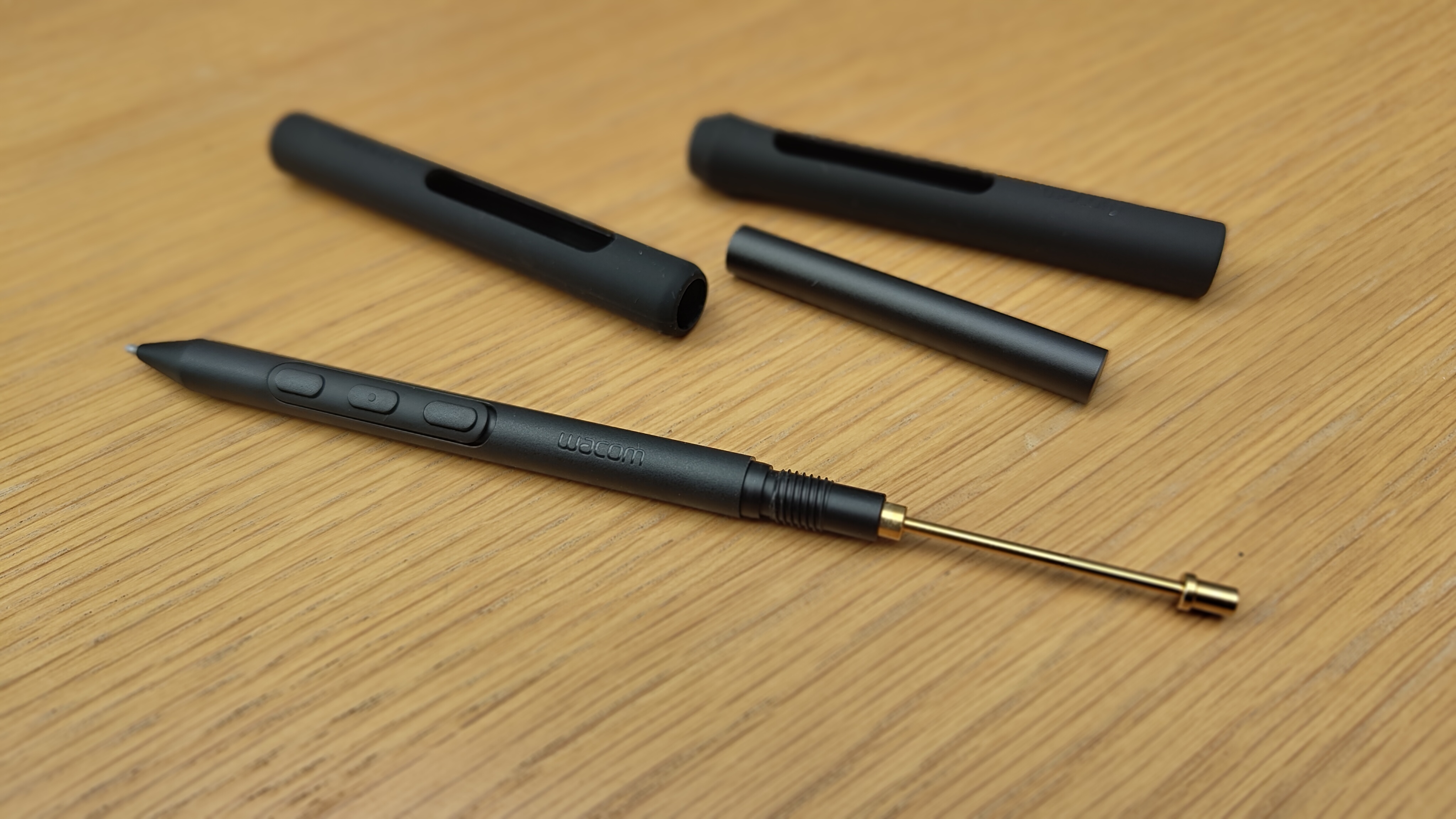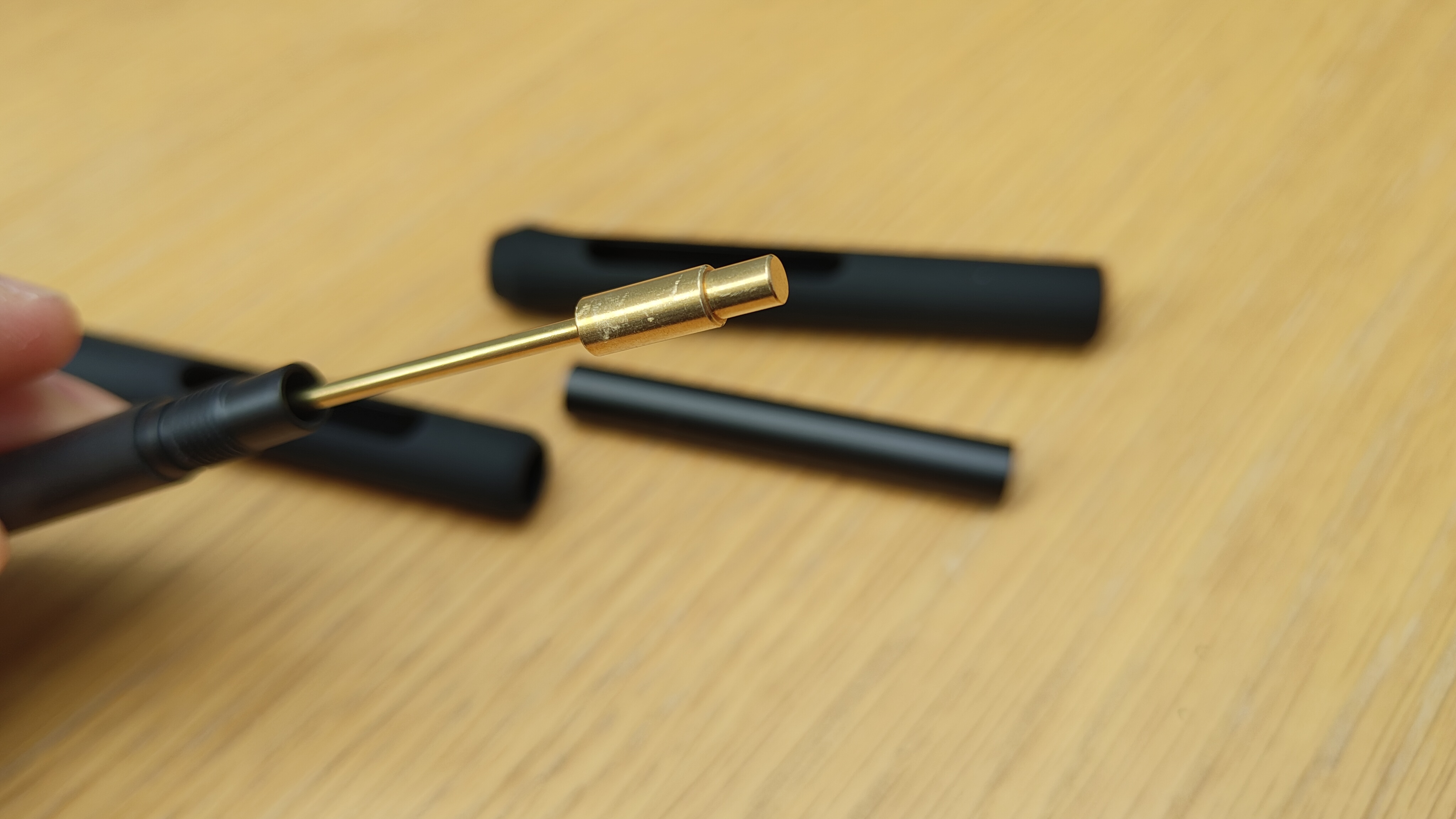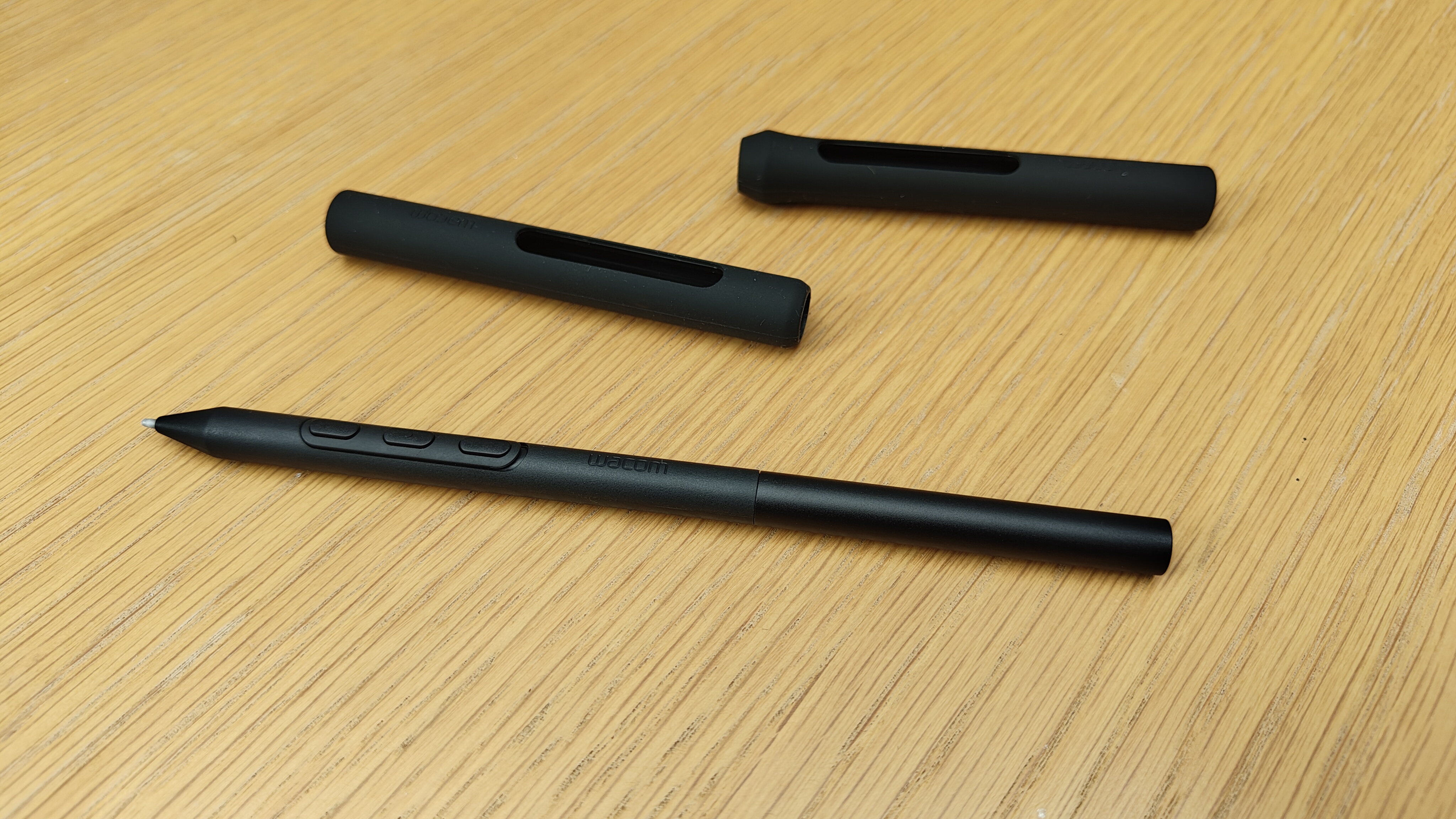
The new Wacom Intuos Pro drawing tablet comes with the new Pro Pen 3, a 'modular' stylus that can be taken apart, reassembled, and generally tinkered with to suit your needs.
The Wacom tablet is great – you can read about it in my Wacom Intuos Pro review – but it's the Pro Pen 3 that has left an impression. I have a drawer of styluses, many have the same design and are similar in feel. I have several favourites, including Xencelabs' Slim Pen, Wacom's Pro Pen 2, and XPPen's X3 Pro Roller Stylus, but none offer the flexibility of Wacom's new stylus.
The trend to customise our tech and have everything, well… just so, has avoided drawing tablets, but Wacom has embraced the idea. For someone who likes to tinker, the option to set up a stylus' size, shape, and weight to my liking is exactly why Wacom’s new modular approach to its latest stylus might just be the smartest design shift it’s made in years.

Making my own Wacom
When other brands began removing shortcut keys from the tablets and adding them to remote devices for greater customisation, such as with the Xencelabs Pen Tablet Medium, I was skeptical. It sounded more like a marketing gimmick than a real workflow improvement, something designed to sell me more gizmos, but it works.
Wacom hasn't gone down that route as Express Keys remain on-tablet, but it has chosen to offer customisation via the stylus. After a few weeks with the new Wacom Intuos Pro and its Pro Pen 3, I’ve changed my tune; customisation matters. This isn’t just some gimmick. It’s genuinely transformative, especially for those of us who fine-tune our setups.

Wacom’s core idea is simple: let the artist build the stylus they want. If you want a slim (or ultra-slim) pen, you can have one; if you prefer the classic fat-ended Wacom stylus, it's here too. More importantly, at the end of the stylus is a weight that can be turned around inside the barrel; one end is heavier than the other, meaning you can balance the pen to your preferred fit.
It does take some time to work out what all the little bits and pieces do, as you get two types of button panels and two non-button panels, and three barrel styles. It's also a little unnatural to begin pulling apart my smart new Wacom stylus. But the modular DIY approach is a novel idea amidst all the best drawing tablets vying for your attention.
This isn’t just about comfort, it's also about precision and recognising we all have different-sized hands. But also, it's about understanding that sometimes you want a lighter, heavier, larger, or slimmer stylus for different uses. Lighter for sketching, heavier for inking, a textured grip for long sessions, it’s nerdy, sure, but deeply satisfying. It's the kind of customisation that, until now, required hacks or buying expensive third-party pens.

I'd love to see how far Wacom can take this concept in the future, even applying it to tablets and how Express Keys are set in a frame. As more of our tech becomes unified and similar, forcing us to adapt to it rather than the other way around, I love that Wacom has stepped aside and is trying something different.
Wacom's modular stylus gives you the freedom to create a stylus that suits your needs; it won't make you a better artist, but it will give you more confidence to try new things, sketch for longer, and enjoy being creative.








